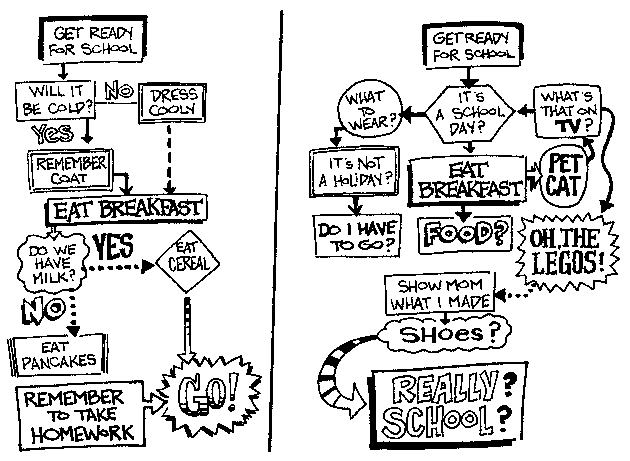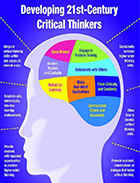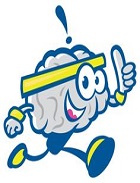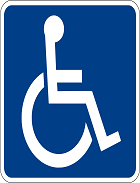Studying with Flowcharts
Studying with Flowcharts
- Akhila Sankarabandi
A rigorous study material or curriculum can be overwhelming for a student. Too vast a syllabus might lead to improper planning and one might lose focus and control over excessive work. However, right studying strategies can make learning easier. It is up to the learner to incorporate a methodology in the daily study routine, which will help in understanding concepts that leads to excellence in performance.
One of these techniques are flowcharts. Flowcharts help to stay at the top of everything through an easy to learn format. It inculcates advance education techniques that can be used in one’s own learning.
What is a flowchart?
A flowchart is a diagram that captures different steps in a sequential order. It is a symbolic representation of a process. It consists of various symbols, arrows and short descriptions connected together to show the flow of a process.
How is it useful?
-
Promotes active reading and learning
-
Helps in identifying important information
-
It organises data in a structured framework
-
Easy to understand and apply
-
Adding colours to a flowchart advances better scope for learning faster

Creating flowcharts
Mentioned below are some tips on how to create flowcharts that will help in preparation, to improve learning and have a better understanding of the course content.
1.Decide on the process to be diagrammed
The course that needs to be captured in the flowchart needs to be identified initially.
2.Identify the start and end of the process
In this step, reading through all the steps in a given process and identify their start and end points is important. This helps in structuring the amount of data and detailing that goes into every step.
3.Activities and steps to complete the process
At this stage, important information to be captured in the flowchart needs to be identified. Arrange the activities in a sequential order keeping the start and end points in mind. Use arrows to indicate the flow of the process.
4.Review your flow chart
Involves going through the flow chart one more time and confirming that all activities are captured and recorded in the right order.
There are multiple ways to draw and work with a flowchart. Computer programming language have their own technique in representing a flowchart. Similarly, one can design their own style of processing data. There are hundreds of flowchart templates available online as well!
Flowcharts are a powerful study tool, regardless of the format being used. They make learning easier promoting better understanding and grades.





















